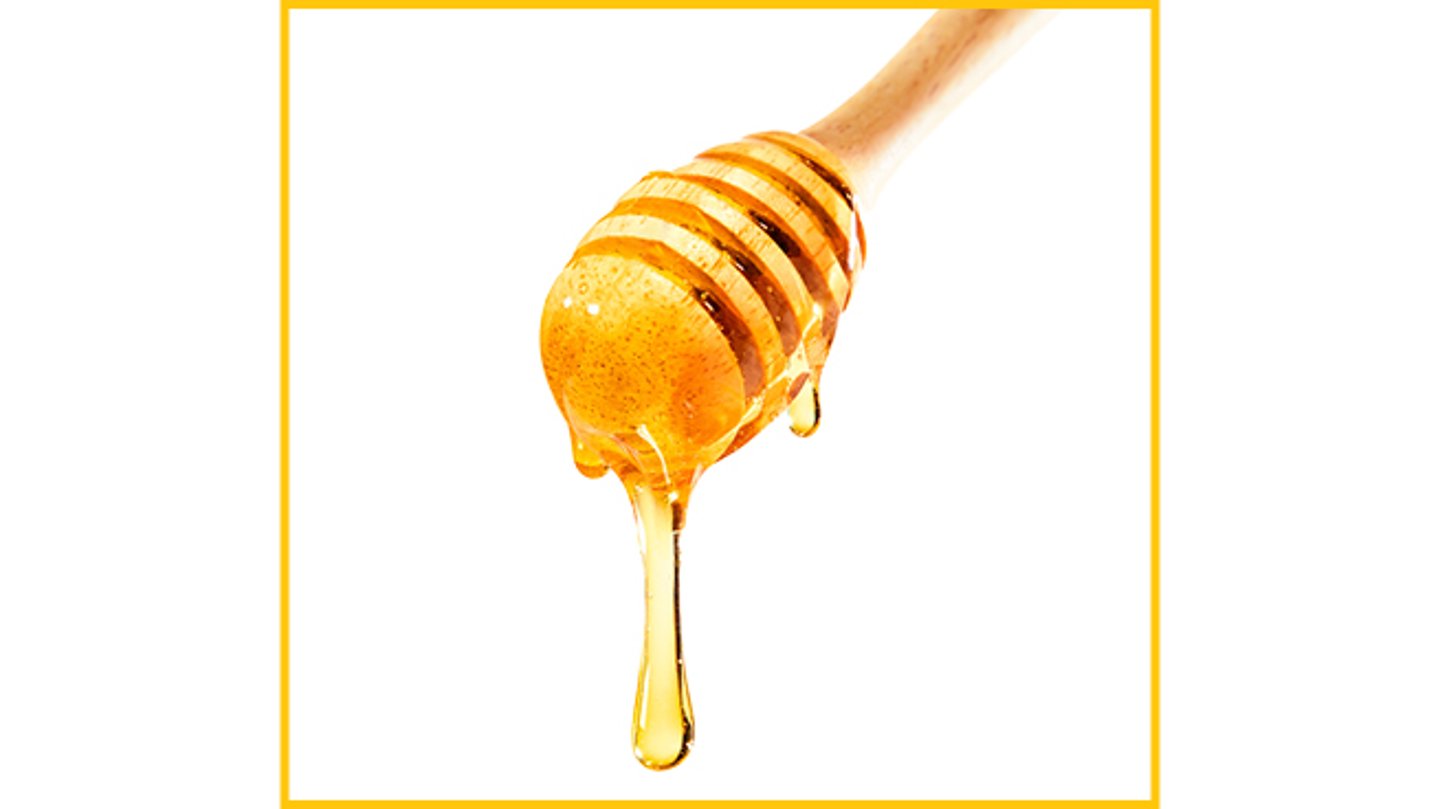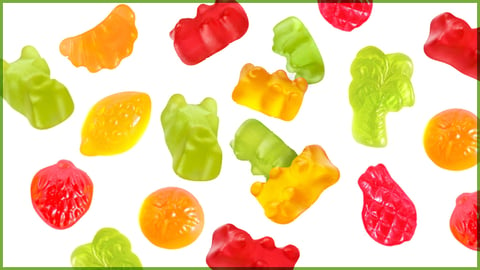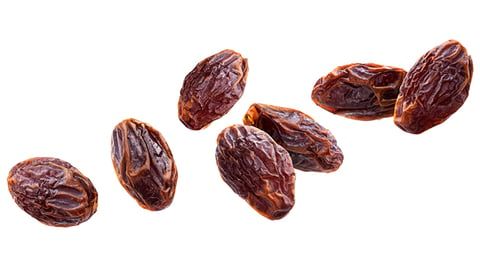Four things to know about honey
Nature’s sweetener
Mother Nature is amazing. Consider how bees make honey: They regurgitate the nectar they’ve collected from flowers to other honeybees in the hive with an enzyme that converts the nectar’s sucrose into fructose (fruit sugar) and glucose (blood sugar), the two components of honey.
Bees also give honey its trademark stickiness. Using their wings, the bees fan the honeycomb, helping evaporate excess water.
Fortunately, honeybees make more sweet stuff than they need. The National Honey Board says one hive produces about 55 pounds of surplus honey a year, which beekeepers extract for human consumption.
READ: Silk introduces the ‘Silk Bee Line’
Money in honey
In 2022, the value of honey produced in Canada amounted to approximately $253.5 million, according to Statistics Canada. And in the United States, the honey category grew 15.4% to US$920 million for the 52 weeks ending Nov. 11, 2022, versus the prior year period, reports NielsenIQ. Even with grocers reporting a 15% inflation hike on honey since 2020, Canadians are still sweet for it. From tea to oatmeal, they are naturally sweetening food and drink with honey in addition to enjoying it as a spread.
“Honey has been a really steady growth category, which is nice in this economy,” says Robin Langford, product category manager at Goodness Me! Natural Food Market.
The Ontario-based grocer generates most of its honey sales from Dutchman’s Gold, a brand of jarred honey whose bestseller is Raw Honey. Compared to traditional honey, which is pasteurized to smooth out the texture and extend shelf life, raw honey contains more bee pollen, beeswax and royal jelly, which are high in vitamins and anti-inflammatory properties.
Angela Ysseldyk, partner at Dutchman’s Gold and a certified nutritionist, says unpasteurized honey has become popular amid growing consumer awareness that it keeps “more of these health benefits intact due to less heat in production.”
Under its private-label brand, Farm Boy saw honey’s same-store sales increase by 8% year-over-year. The grocer’s artisanal varieties, Raw Honey and Buckwheat Honey, outpaced Creamed Honey and Liquid Honey with a more than 10% sales increase.
Noting they cost the same, Alison McFarlane, Farm Boy’s private label manager, says: “We’re attributing this growth to customers shopping for healthier, more functional food.”
READ: As more consumers prioritize health and wellness, grocers step up their offerings
Generating buzz
The plight of the honeybee population and the need to protect it has created promotional opportunities for retailers and honey brands. British Columbia, for instance, has declared May 29 the “Day of the Honey Bee.” National Pollinator Week (June 19 to 25), meanwhile, has become a global celebration of the bee, among other insects that pollinate the global food supply
“We’ve done displays and giveaways of little bee boxes, which have been really successful,” says Aja Horsley, founder of Calgary-based Drizzle Honey, a brand carried in Whole Foods Market, Save-On-Foods and Loblaws. “People love bees.”
In the United States, 15.5% of honey sales are made on promotion, providing an incremental sales lift of 7.1%, according to data collected by NielsenIQ.
READ: Grocery leaders share their strategies for buying local
Bee-BQ
Grocers have traditionally placed honey in the spreads aisle with peanut butter and, more recently, added it to the baking aisle for shoppers looking for a natural substitute to sugar. Goodness Me! also adds it to the condiment aisle during barbecue season.
“Hot honey is the new thing,” says Langford. “If you haven’t had chicken and waffles with hot honey, you have to try it.” Drizzle launched Raw Hot Honey, which is infused with crushed chilies. “It’s our latest release and has helped bridge our customer, who was 85% female, to men looking for a marinade,” says Horsley.
This article first appeared in Canadian Grocer’s May 2023 issue.



